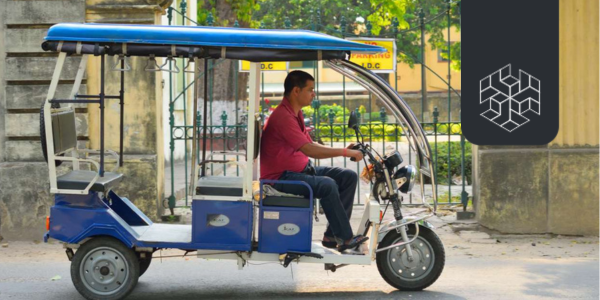Authored by – Soumya
Cover and Website Photo by V. Rai and S. Alluri from the photo essay ‘Urban Assault’ – Part of the SPRF Photo Archive Project.
ABSTRACT
With 1.82 million homeless people, India has one of the largest homeless populations in the world. There is no singular all-encompassing definition of homelessness. While it is essential to have some theoretical definition of homelessness in place for the purpose of both recognition and enumeration, its meaning remains fluid, subjective, and elusive. Employing an intersectional lens, this paper seeks to develop a finer and a holistic understanding of homelessness. It also puts forward some recommendations to address the issue of urban homelessness.
INTRODUCTION
Post-reform India has seen new paradigms of development, with high-income growth being one of the prominent outcomes. However, rising incomes coupled with unequal distribution has meant that the gap between the rich and the poor is widening, making India one of the most unequal countries in the world. The presence of around 1.82 million homeless people in the country bears testimony to this fact (Kapoor and Dutta 2019).
However, the current discourse on ‘development’ has failed to include homelessness under its ambit. The sight of people sleeping on pavements, footpaths, temple stairs, railway platforms, under overbridges, among others, has become a part of ‘the everyday’. These are the people most deprived of basic services, including shelter. As Dupont (2000) said, they are ‘the unfortunate victims of diverse kinds of physical and social crisis among our rural and urban societies’. (99)
The conceptual limits in understanding homelessness further leads to a lack of effective policy intervention for the upliftment of the most vulnerable and penurious. The conventional understanding of ‘homelessness’, employed by both the policy-makers and the state, is limited to ‘rooflessness’. However, the social dimension of homelessness is often overlooked. Homeless people constitute the most marginalised communities in our society such as women, children, the aged, persons with disabilities, Dalits, Adivasis, and religious and ethnic minorities, among others. In addition to being socially and economically disadvantaged, these marginalised communities are relegated to the margins due to the negative perceptions surrounding homelessness, thus making them ‘doubly marginalized’. The negative perceptions about the homeless, labelling them as ‘criminals’, ‘encroachers’ of public spaces, ‘polluters’ of surroundings, and so on exacerbates the problem. These dominant views contribute to a spiralling effect that makes it increasingly harder for people to escape homelessness or find decent jobs for themselves (IGSSS 2018: 4).
A study conducted in nine developing countries (including India, Bangladesh, Peru, Ghana, Zimbabwe, and others), highlighted some of these negative perceptions about homeless people in detail. Despite the fact that they play important economic roles in an urban setting (recyclers, rag-pickers, sweepers, etc.), they are considered as beggars, villains, mentally ill, loners, immoral or transient (Speak and Tipple 2006: 176). For an increasing number of city dwellers, the homeless are encroachers occupying pavements that have been built for and with the money of hard-working taxpayers (IGSSS 2018:5). For the government, the homeless are an impediment to making a city ‘global’ or ‘world-class’ as they are considered to dirty public spaces by their very existence. For the police, they are nothing more than criminals and drug addicts (ibid). For some, they are sources of cheap labour who will be willing to work for a pittance under inhuman conditions. Finally, for the majority of the middle class, they are a threat that must be contained (Taneja 2014).



